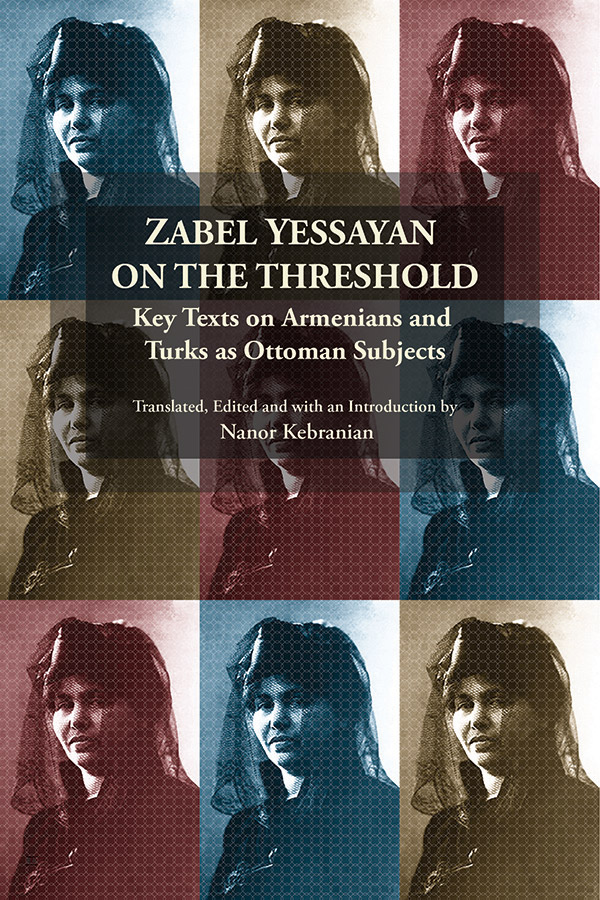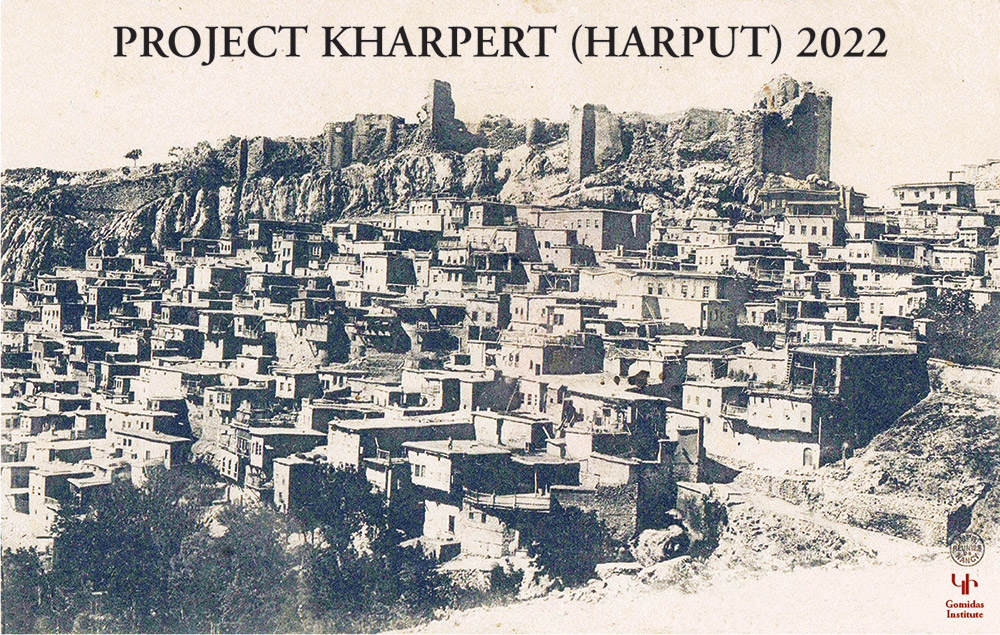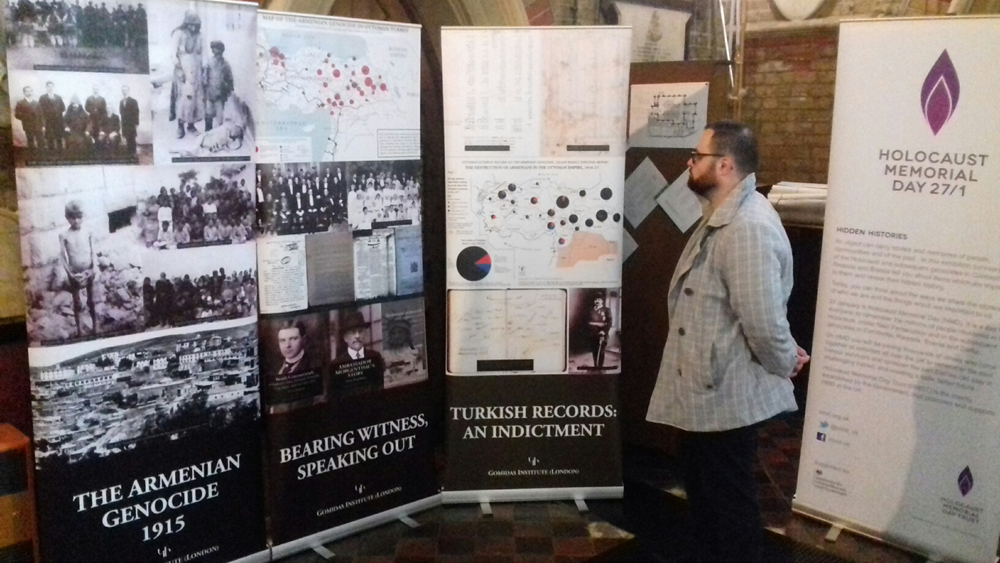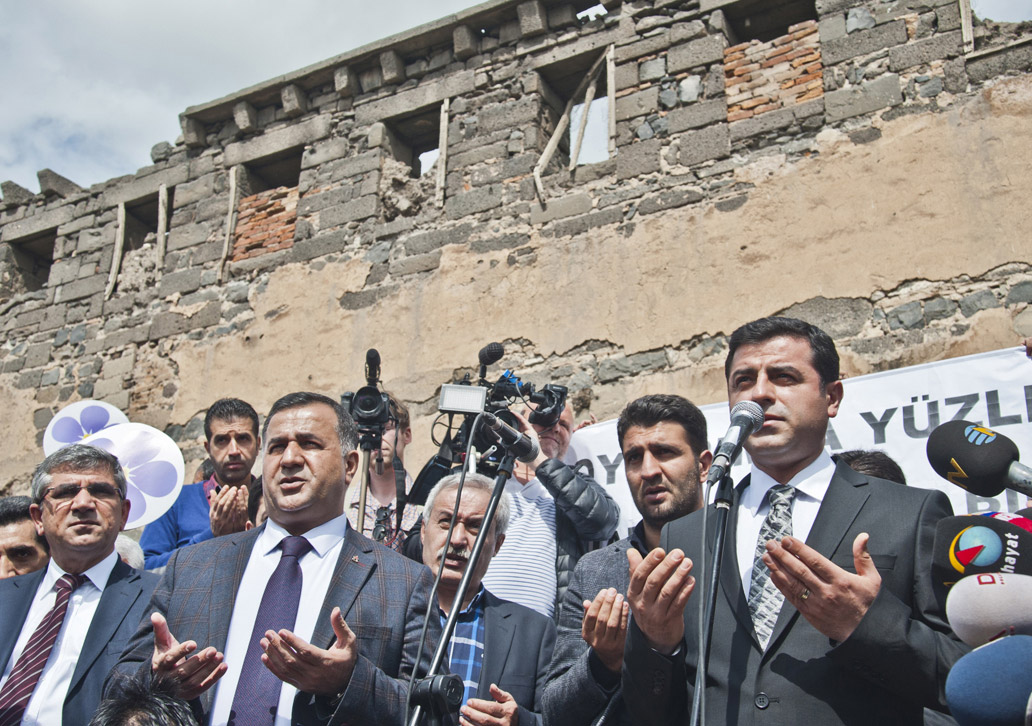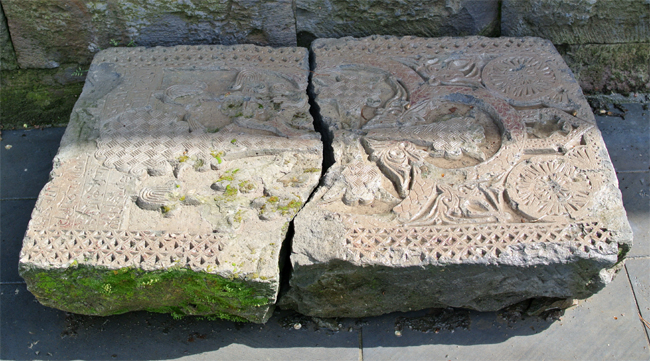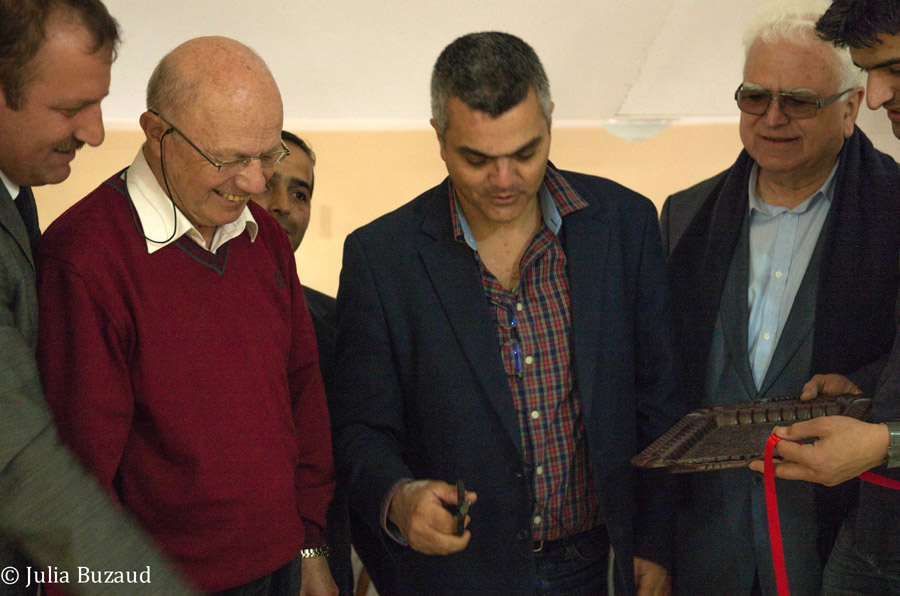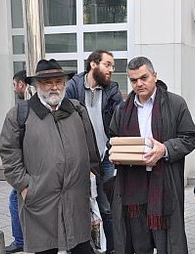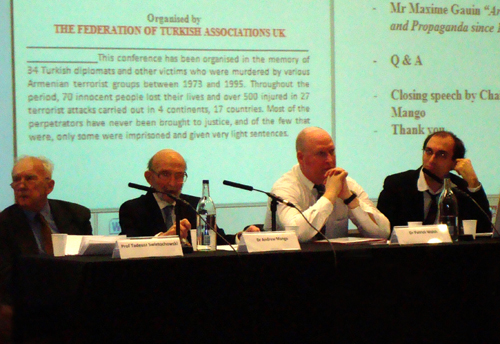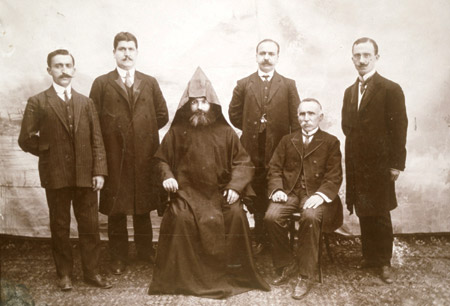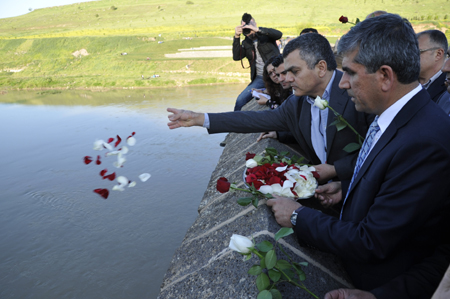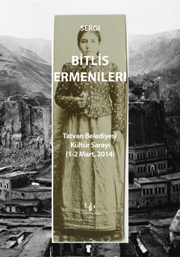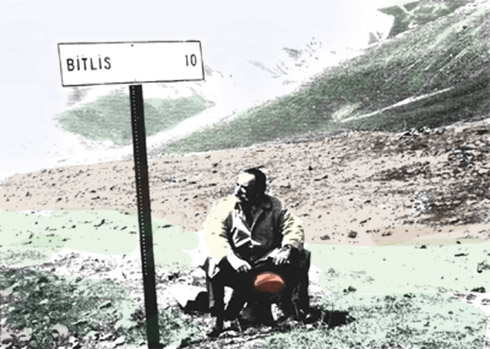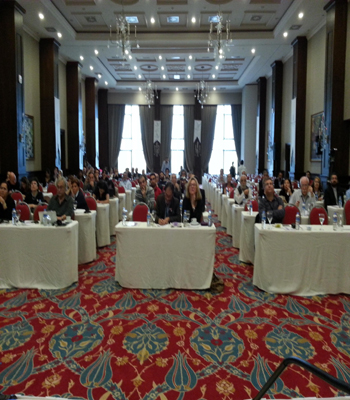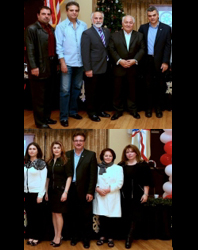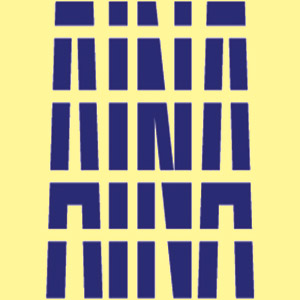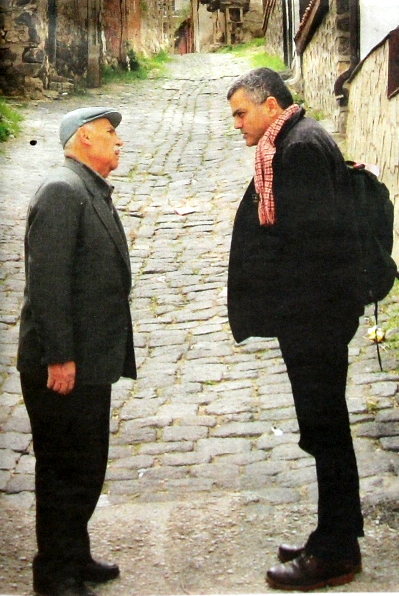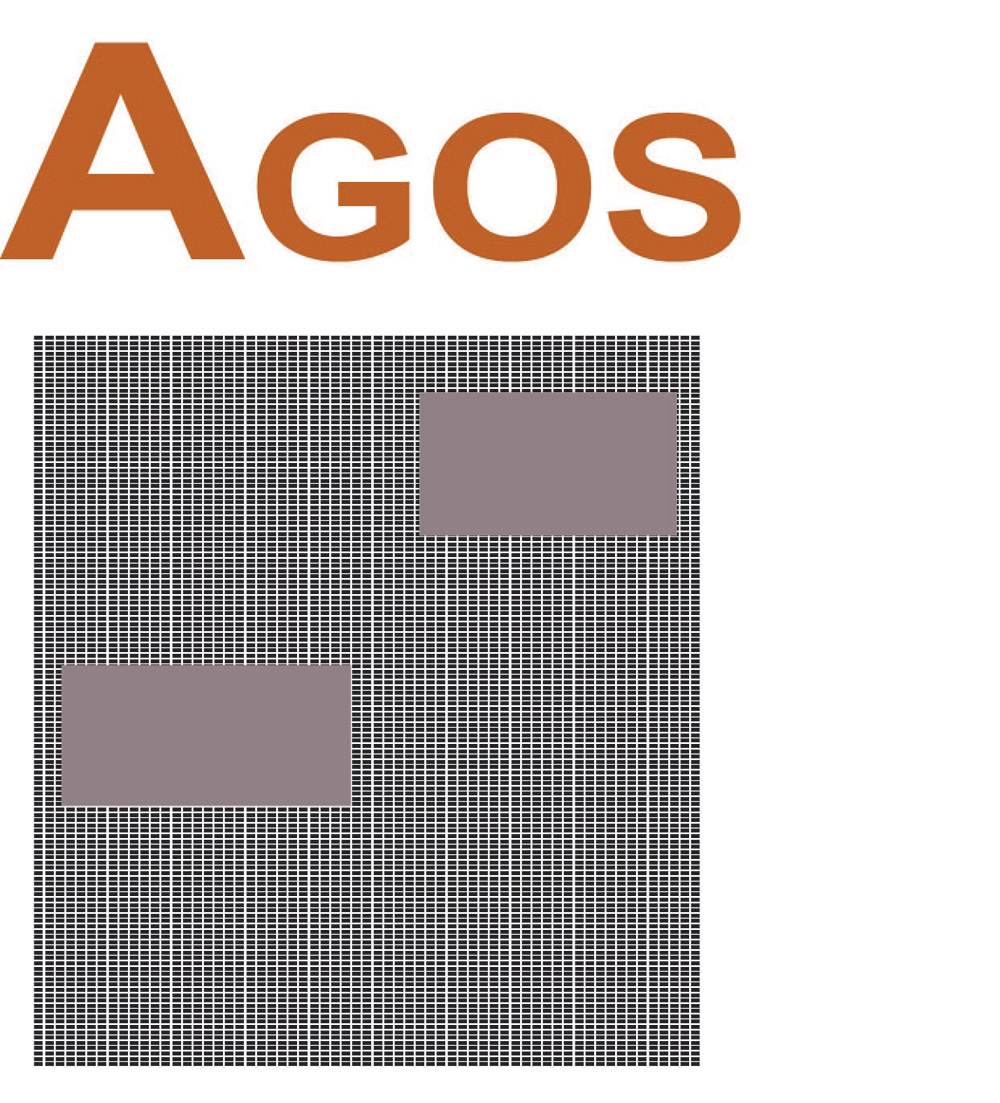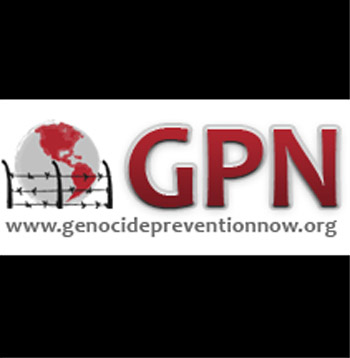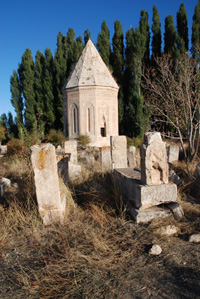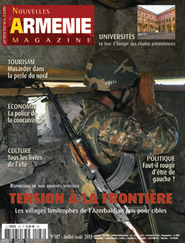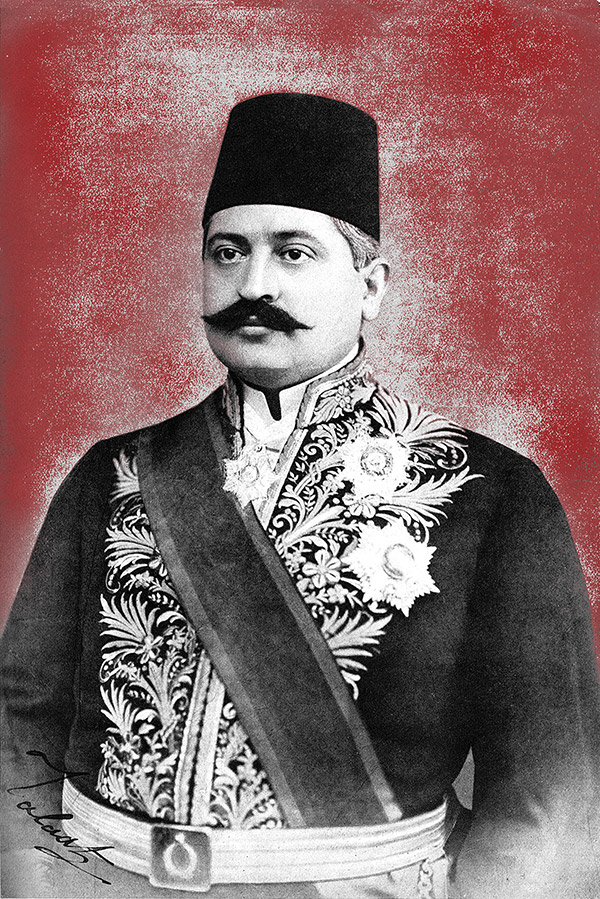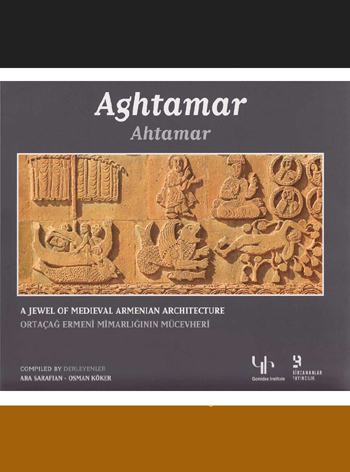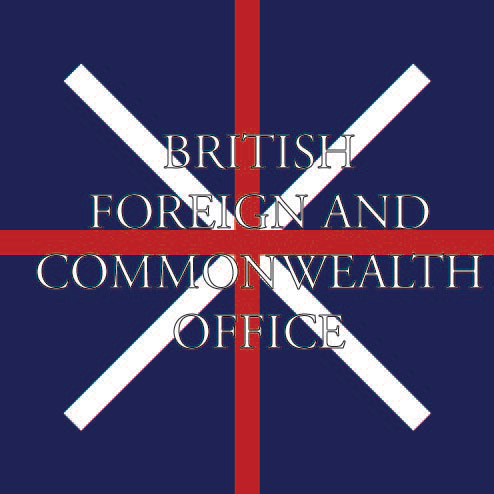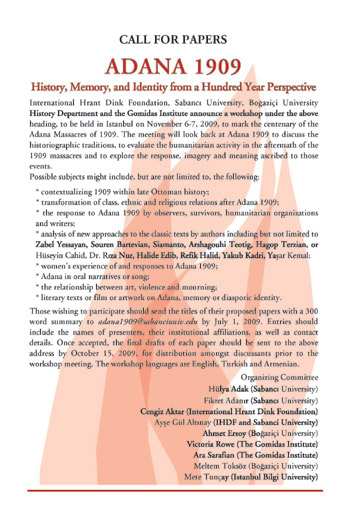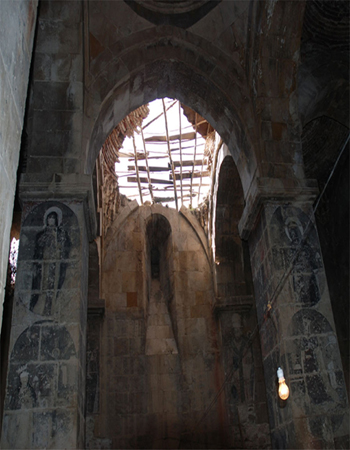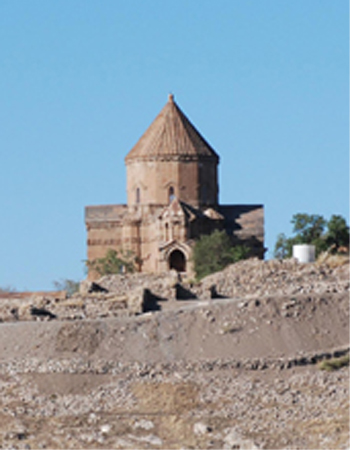Press
GOMIDAS INSTITUTE OFFER TO HISTORIANS IN TURKEY: "LET'S UNDERTAKE A CASE STUDY OF THE EVENTS OF 1915." [Press Release]
by Nora Vosbigian (London)
Report by Nora Vosbigian
(Photo: At the ruins of St. Sarkis church, Diyarbakir: Kurdish politicians and activists praying for the victims of the Armenian Genocide, 24 April 2015.)
Ara Sarafian
A Prodding and Contentious Work on the Armenian Genocide.
Anoush Melkonian (London)
Nora Vosbigian (London)
Jonas Kauffeldt is Assistant Professor of History at the University of
North Georgia and a relative newcomer to the Armenian world. His recent
translation of Karen Jeppe’s Danish book, Misak: An Armenian Life
(Gomidas Institute, 2015) is a masterful work and includes a fascinating
70 page introduction by Kauffeldt.
Nora Vosbigian (London)
Read more »
Anush Melkonian (London)
London was the venue for a conference sponsored by the Federation of
Turkish Associations UK. The event took place in an auditorium hired at
the London School of Economics by the sponsors. The thrust of the
meeting was the vilification of Armenians and the denial of the Armenian
Genocide.
Forthcoming programme for the commemoration of the Armenian Genocide in Diyarbekir (April 2013).
Read more »
Notes on the Gomidas Institute's activities in Turkey April 20-25 with a focus on the Diyarbakir commemoration of the Armenian Genocide and the Seyfo.
EXHIBITION: BITLIS ARMENIANS - SERGİ: BİTLİS ERMENİLERİ
Tatvan Kültür Sarayı, Kültür Mah. Bitlis Yolu, Tatvan, TURKEY
1-2 March, 2014
1-2
Mart, 2014
PRESS RELEASE (pdf) - BASIN BÜLTENİ (pdf)
Fulya Burke (Mardin)
A truly international and interdisciplinary cutting-edge programme, with the participation of leading Armenian, Assyrian, Turkish and Kurdish scholars.
Seyfo Centre USA hosted a series of educational lectures in Los Angeles, San Diego, Turlock and San Jose on the Assyrian-Armenian Genocide and Seyfo in 1915. The lectures were organized with the help of local Assyrian American organizations, and given by the British-Armenian historian, Ara Sarafian (Gomidas Institute, London).
By Noray Betbaba (Seyfo Centre, USA)
Invited to speak to a number of Assyrian communities, Ara Sarafian outlines his understanding of the Seyfo, and its relationship to the Armenian Genocide.
Joseph Haweil (Assyrian International News Agency)
An interview with Ara Sarafian about Armenian historiography and the Seyfo.
A short report on a presentation at SOAS and an interview with one of the leading scholars in Armenian Studies today. Barlow Der Mugrdechian is the backbone of the Armenian Studies Programme at California State University (Fresno).
Pinar Ogunc (Radikal)
A Turkish journalist accompanies Ara Sarafian to Ayas, on the trail of Armenian political prisoners who disappeared in 1915.
Ara Sarafian (Agos)
Türkiye’de resmi tarihçiler 24 Nisan 1915’te ne yaşandığı konusunda yayınlar yapmaya devam ediyorlar. Bunun son örneklerinden biri, Devlet Arşivleri Genel Müdürü Yusuf Sarınay’ın İngilizce yayımladığı bir makale. Bu makaleye göre, 24 Nisan’da tutuklanıp sürgüne gönderilenlerin tamamı komitacıydı, başlarına kötü bir olay gelmedi ve 1918’de savaş bittikten sonra da serbest kalıp evlerine döndüler.
For English version of this artice...
Genocide Prevention Now (No 10, Spring 2012)
Gomidas Institute releases a remarkable book in Van on the Armenian heritage of the region.
Nouvelles d’Armenie, (July 2012, number 187)
This interview was originally published in the French Armenian journal, Nouvelles d’Armenie. Its focus was on the official Turkish denial of the Armenian Genocide, alternative voices in Turkey, and the possibilities of taking the Armenian Genocide debate to Turkey.
"Talaat Pasa Report on the Armenian Genocide" or "Talat Paşa'nın Ermeni Soykırımı Raporu" presents a great challenge to deniers of the Armenian Genocide. Since the publication of this work, official Turkey has remained silent over its content. Yet Sarafian's work argues for the authenticity of the document, as well as the significance of its content in light of the available Ottoman record in Turkey.
Mediamax interview with Ara Sarafian
"Talaat Pasha's Report
on the Armenian Genocide, 1917” was published by the Gomidas Institute
in April 2011. As the title implies, it is an appraisal of a report that
was found in Talaat Pasha's private papers and published by the Turkish
journalist and popular historian Murat Bardakci. According to Sarafian,
Bardakci's analysis of Talaat's report was limited and did not reflect
the true content of the original document. Sarafian draws on Ottoman
records to verify the authenticity of the 1917 document and interpret
its content. He argues that the 1917 report was actually a special
assessment of the Armenian Genocide. Mediamax talked to Ara Sarafian.
Ayda Muftuoglu
Aghtamar: A Jewel of Medieval Armenian Architecture, a bilingual
Turkish and English book, was launched in Van on September 17th and in
Istanbul on September 21st. A co-publication between Gomidas Institute
(London) and Birzamanlar Yayincilik (Istanbul), this work presented
Turkish audiences with a fascinating history of Aghtamar and its 10th
century Church of the Holy Cross (Surp Khach). The book was introduced
by Ara Sarafian (Gomidas Institute) and Osman Koker (Birzamanlar
Yayincilik).
Nora Vosbigian
On Fri., June 26, the Turkish edition of the 1916 "Blue Book,” titled
The Treatment of Armenians in the Ottoman Empire 1915-16, will be
released in Ankara by Lord Avebury and Ara Sarafian. The event is
sponsored by the Turkish Human Rights Association (Ankara) and the
Freedom of Thought Association.
Anush Melkonian
A retired British diplomat raises eyebrows at the London School of Economics following the screening of a new documentary, "The Blue Book", on the Armenian Genocide.
Armenian Reporter
Istanbul, Turkey. - Sabanci University in Istanbul on November 6
and 7 hosted a major international workshop titled, "Adana 1909:
History, Memory, and Identity from a Hundred Year Perspective." Scholars
from the United States, Canada, the United Kingdom, France, Italy, and
Turkey participated in the workshop, which was co-sponsored by the
Gomidas Institute (London), Sabanci University, the International Hrant
Dink Foundation, and the history departments of Istanbul Bilgi
University and Bogazici University
Ayse Gunaysu
Armenian Weekly columnist reports from Istanbul on yet
another effort by the Turkish Grand National Assembly to stifle
discussion about the ‘Blue Book’. The saga continues as Turkish authorities shun dialogue and avoid explaining their own spurious allegations.
Nouvelles d'Armenie (September 2008)
The following interview with Ara Sarafian was originally published in the French Armenian journal, Nouvelles d’Armenie.
Its focus was on Sarafian's work and the opportunities of engaging the Armenian Genocide issue in Turkey today.
[Original interview in English]
Ara Sarafian
Bilgi University, Istanbul
Armenian Genocide Commemoration
24 April 2008
Armenian Reporter
Below is a letter to the editor from Ara Sarafian, historian and director of the Gomidas Institute. The letter was writte as a response to an article that appeared in the Turkish Daily
Hurriyet, in which his views were not properly represented. Sarafian's response touches on several important issues related to scholarship and the study of the Armenian Genocide.
Ermeni araştırmacı Ara Sarafyan ve Türk Tarih Kurumu Başkanı Prof. Dr. Yusuf Halaçoğlu'nun "Ermeni Soykırımı" iddialarını ortak araştırma çabası suya düştü. Yeni Aktüel'e konuşan Sarafyan'a göre neden, Halaçoğlu'nun "Harput'la ilgili belgelerin yok edildiğini" açıklaması… Halaçoğlu ise "Araştırma diaspora baskısından yürütülemedi" diyor.
Read more »
By Ara Sarafian
Varak Monastery, near Van, was one of the great monastic centres of the Armenian church. Its main structure was built at the end of the 10th century. Much of the monastery was destroyed in 1915, a significant part was destroyed in the 1960s, while good sections have just barely survived until our days. In recent years, busloads of tourists have visited Varak as a place of historic interest. Many have been Armenian, but also Germans, Japanese, Italians and Americans.
Read more »
Virgul,
The following interview was given to Virgul, following the Istanbul Conference on The Future of Turkish Armenian Relations. Sarafian was one of the few diaspora-Armenians who participated at the conference, where he gave a paper on the British Parliamentary Blue Book and the Armenian Genocide.
Anush Melkonian
The Armenian Community (UK)
The recent restoration and rebuilding of Sourp Khach (Holy Cross) Church on Aghtamar island has raised many questions about the Turkish government's purpose. The Gomidas Institute has initiated an independent assessment of the different issues involved.
Nora Vosbigian, London
Ben Whitaker, Lord Avebury Speak Out
LONDON—Eighty-four
years after it released a book at the House of Lords telling the world
about the Armenian Genocide, the British government has excluded
Armenians from a commemoration of Holocaust and Genocide Day that it has
planned for 27 January 2001. And, so, the House of Lords was chosen as
the site for the launch of a new edition of the government’s 1916 Blue
Book.
Review essay by Yair Auron (Haaretz)
These
diaries and memos help set the record straight concerning what the U.S.
government knew about the Armenian genocide. Hence their importance for
understanding this horrific tragedy and the circumstances that made it
possible.
